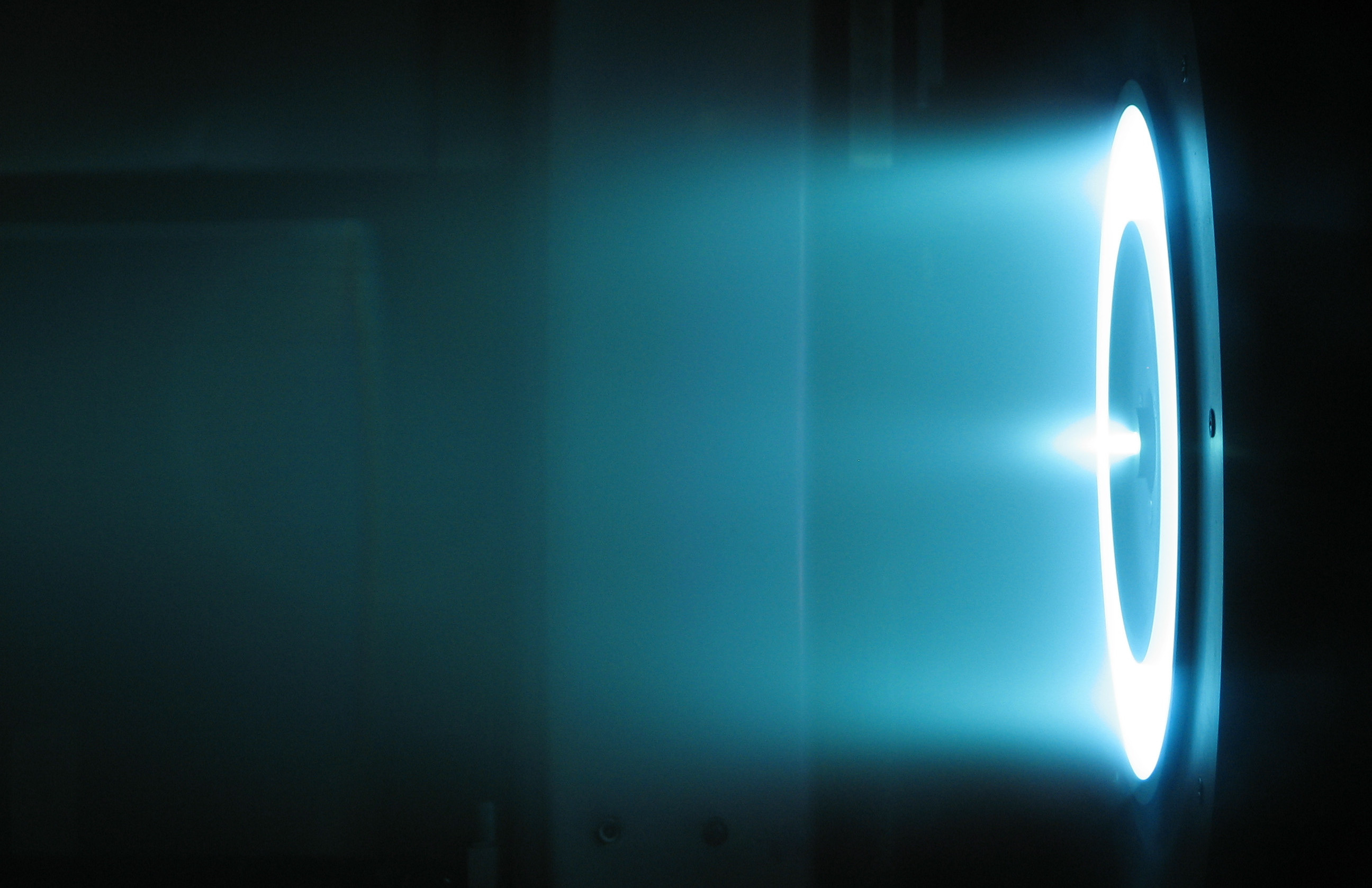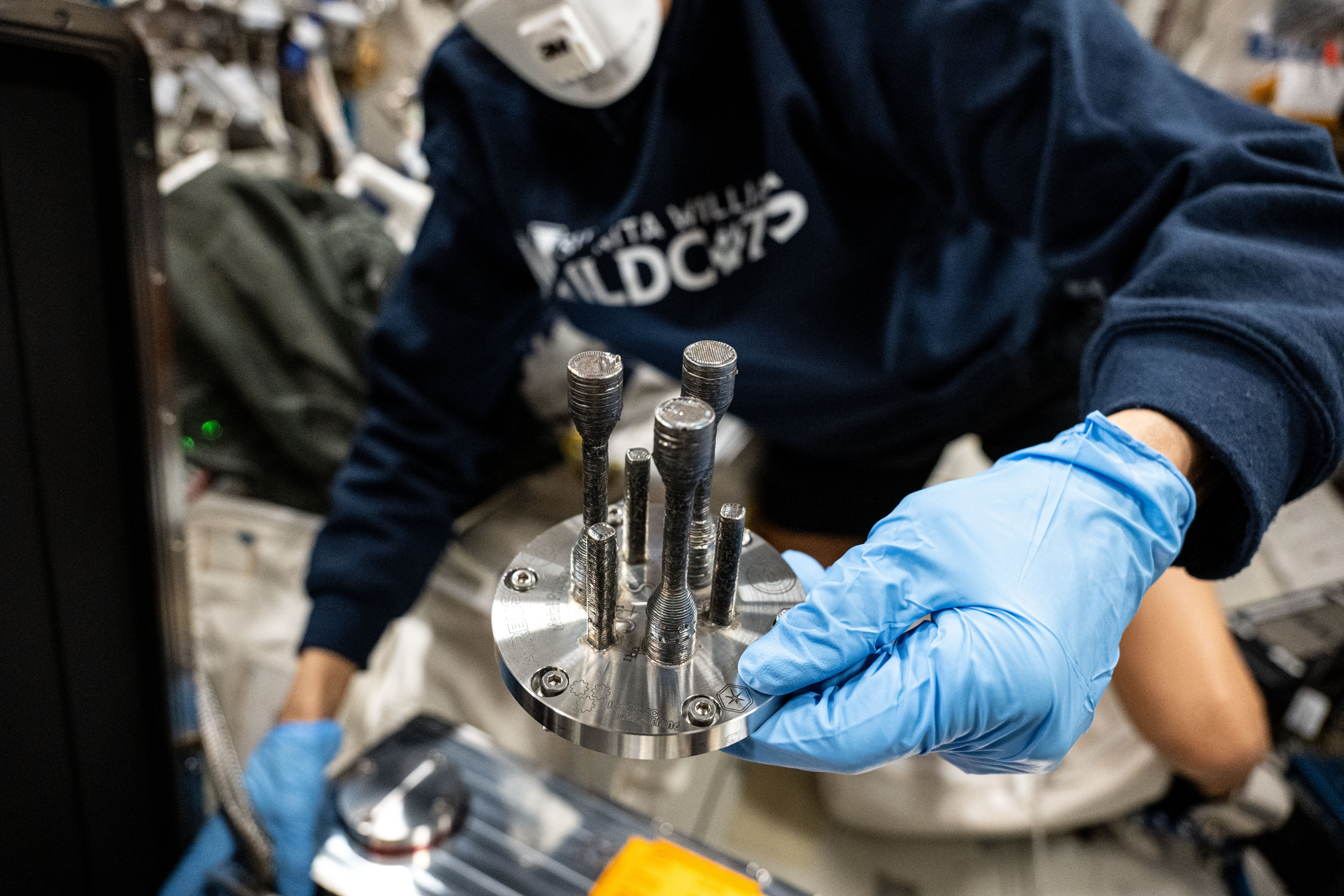Far out space propulsion

Reading about the spectacular "rapid unscheduled disassembly" of the SpaceX Starship that launched the other day, made me think about some research I did for my upcoming book "Rock Hopper". The Starship is the most powerful rocket as of yet. It has (had?) 33 engines giving it twice the thrust that of the Apollo-era rocket, that took us to the moon. However, it's probably nothing compared to the far out space propulsion ideas that could propel our future travels in space. Let's take a look.
The main character in the book finds himself in a situation where he needs to think outside of the box regarding deep space propulsion. Since the story takes place in a fictional future, I get the pleasure of throwing some whacky ideas his way that may - or may not - become feasible within the decades to come. First some ideas that already have come a long way (brutally simplified by me):
- Nuclear-powered thermal rockets. The concept has been around since the 1950s, but no such rocket has actually flown. Works pretty much the same as a chemical thermal rocket: Heat energy into a propellant, out through a nozzle for thrust. The idea was to use fission reactors, but if we've waited so long, we might as well wait for fusion, I guess
- Electric propulsion. Using electromagnetic fields to either accelerate ions and/or electrons to create thrust. Or heat a propellant, creating kinetic energy through a nozzle. There seems to be a lot of options here. And, hey, there's already an electric car in space
- Solar sail. Just thinking about the concept creates beautiful images in my mind. Uses the radiation pressure from sunlight on a large surface to push the spacecraft. Similar to a sail on a boat. But without the wind, if you catch my drift...
Now for some ideas that really stretches my imagination (again mercilessly slaughtered by my simplifications):
- Warp drive. Like the Alcubierre drive where you can reach FTL (faster-than-light) speed by contracting space in front of the spacecraft and expanding it behind the spacecraft. What blows my mind is that it doesn't even break any physical laws, in theory. Downside is that it requires "dark energy" to create the negative energy density that pulls the spacecraft. What could go wrong?
- Black hole starship. The sci-fi author Arthur C. Clarke wrote about a spacecraft with a black hole as an energy source in the 1970s. The idea was picked up again in the 2000s in a proposal saying that maybe an artificial black hole is the way to go. However, quantum gravity effects are unknown and could make it easier - or impossible. Thanks guys, not helping. Also, you would need something like antimatter to fire it up. Again, what could possibly go wrong?
- EmDrive. Reflects microwaves inside a device in mysterious ways that creates thrust. A closed system with no external interaction. A black box that violates known physical laws. Good luck with that
- Space whip. When a whip cracks, the end of the whip is travelling in a velocity many times the initial one. It can even create a sonic boom that gives the cracking sound. Imagine a spacecraft a the end of a rolled up tail, storing the kinetic energy in this tense state. When the tail is unrolled it works like a whip, releasing all the energy at the end of the tail to catapult the spacecraft through space. Whoa, easy there, cowboy
There are a lot more ideas about space propulsion than these, of course. So, which one is used in the book? Well, that's for you to find out when I've finished the book. Hint: It's none of the above.



